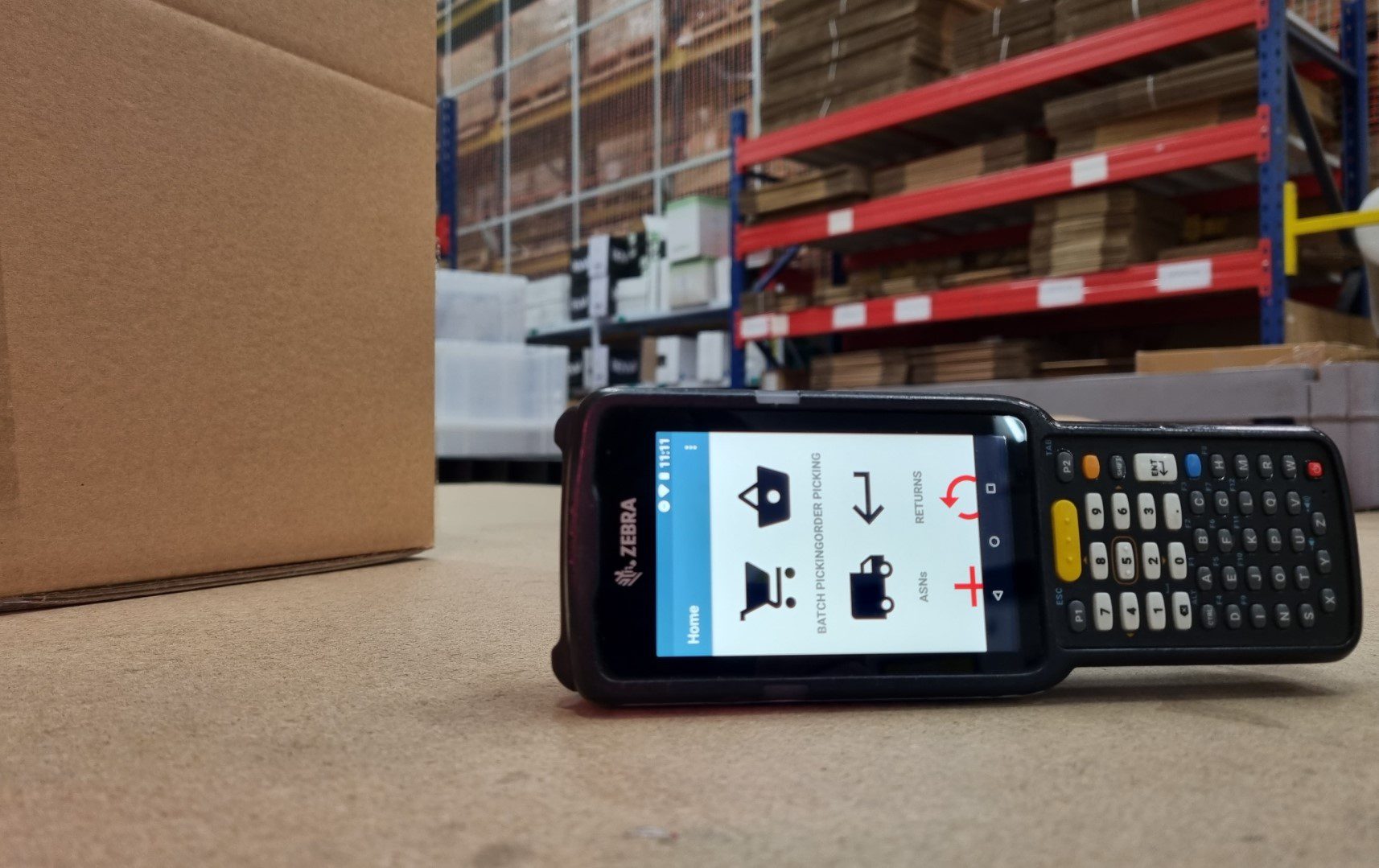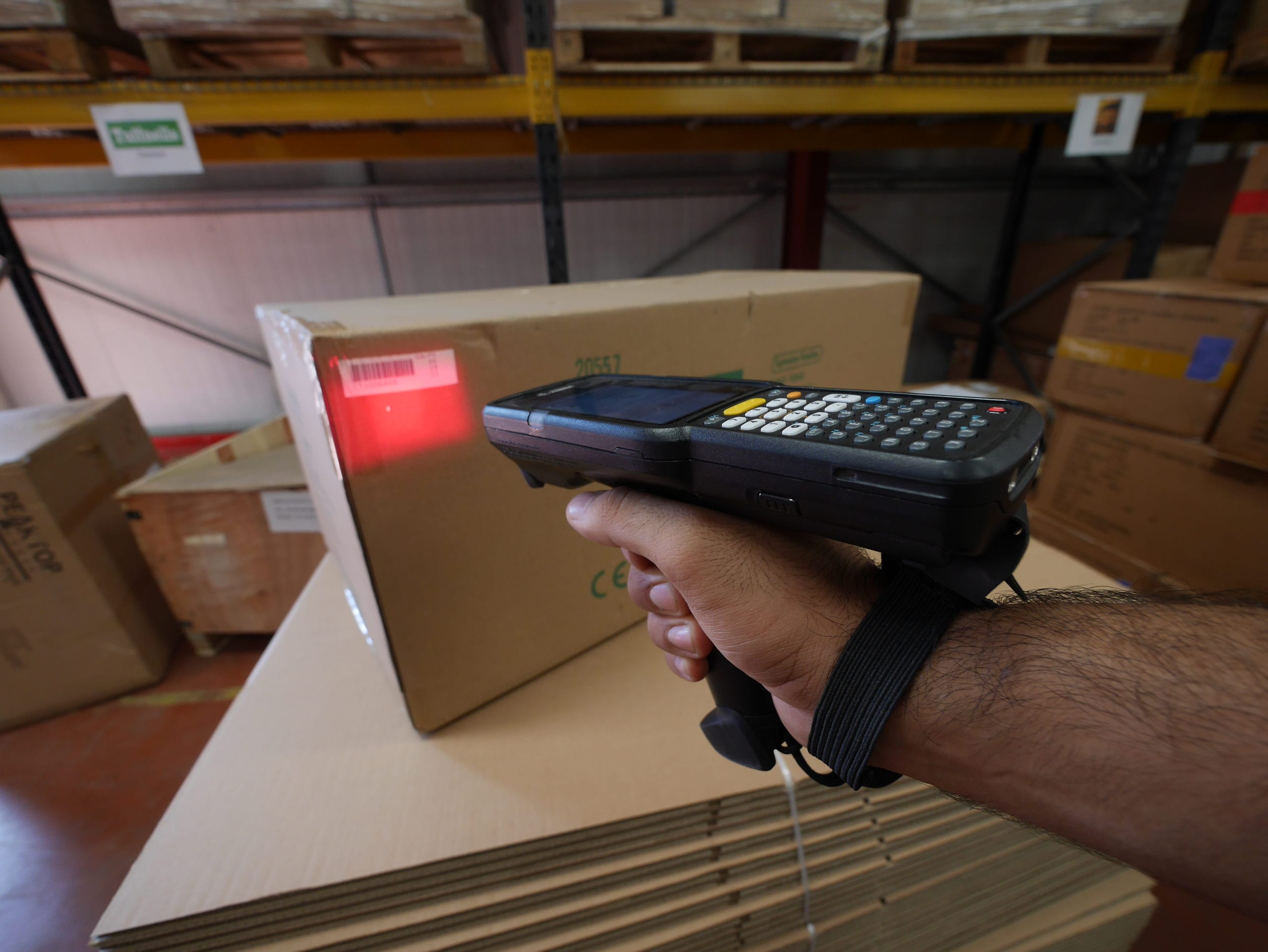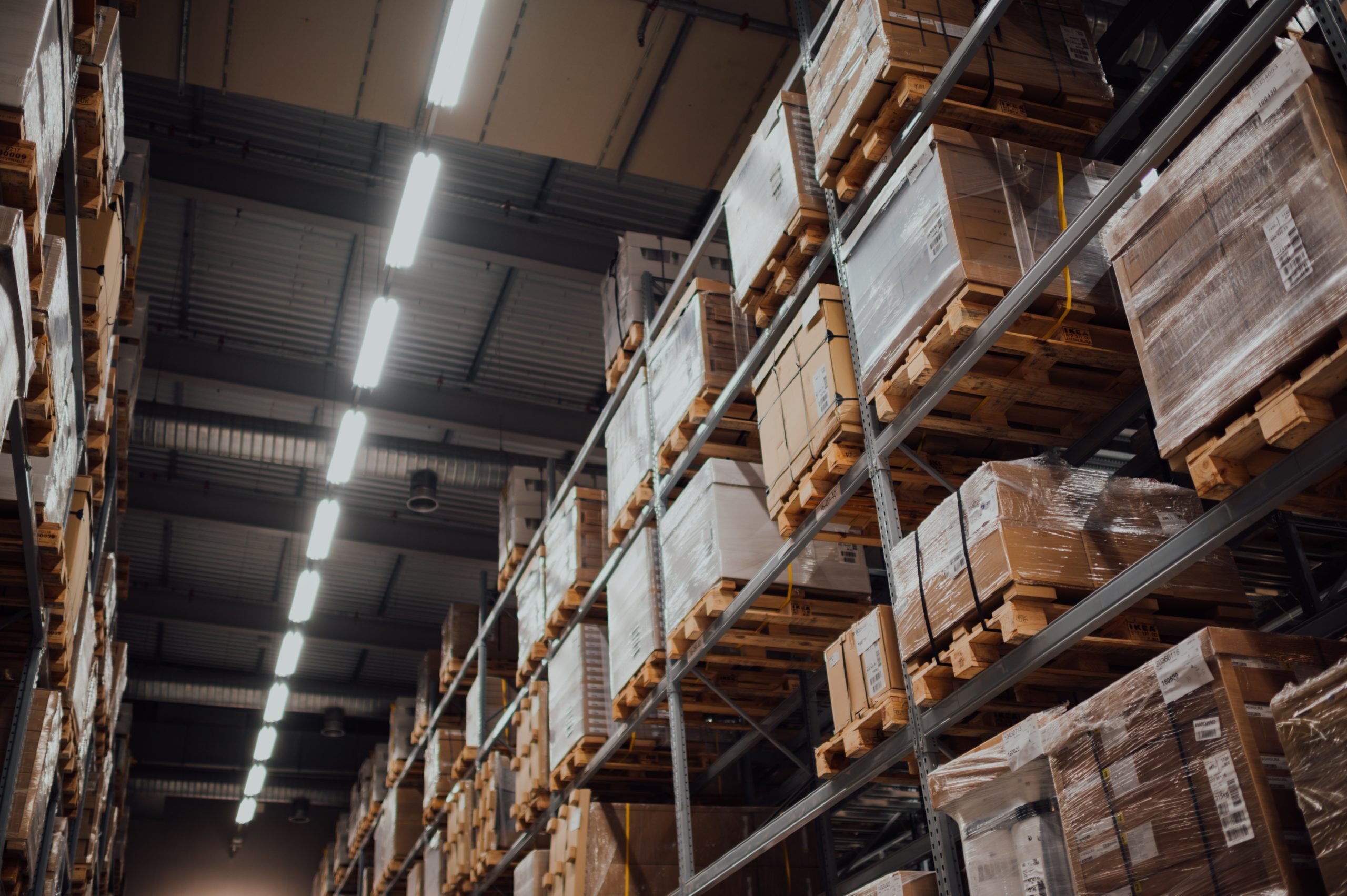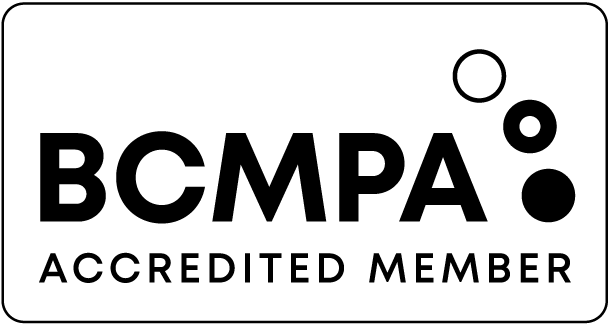
Facts show in the US alone, employment within the warehousing and storage sector grew by 3.8% in Q3 2020. This paired with the impact of the COVID-19 exponentially growing online purchasing. So, it’s not really surprising that key and vital safety information has begun to slip through the cracks and highlighted multiple gaps in training.
Additionally, with managers rushing to fulfil these new roles and at the same time increase efficiency, they are also dealing with the usual high turnover rates seen in the warehousing industry. This is when IoT, and companies such as Bray, can support by picking up the loose end to ease processes and ensure safety protocols when others may not be able to.
SAFETY MANAGERS WHO CAN NO LONGER MANAGE SAFETY
The introduction of social distancing measures has protected lives but it has also fundamentally changed the way some jobs are carried out. For Health & Safety managers, whose prime role is to ensure the well-being of the employees and the running of the equipment they manage. By being away from those situations makes the flow of information difficult.
Through the use of sensors and IoT connectivity, managers can combat this new distance by monitoring progress and efficiencies from afar. By using data captured by sensors, Managers can ensure processes are being followed correctly. As well as easily highlighting anomalies in the production line, either by human or machine malfunction. Additionally, workers can be informed if they are missing their marks. All the things an on floor manager might usually be able to give a personal reminder about, but now instead a machine can be identified through technology.
ACTIONABLE INSIGHTS FROM REAL-TIME DATA
A range of sensors and wearable tech across the production line i.e. smart glasses can help instruct staff without having to cross any social distancing lines, as well as highlight patterns of behaviour that previously may have been undetectable to the business. The same technology can be used to deliver real-time training and advice. Live data can also be pulled from the employee wearables to identify unhealthy movements of the staff force and help keep track of employees with additional needs or health problems. A top benefit from this extra level of care is to ensure happier employees, which is one of the main drivers for lower staff turnover.
Beyond the Safety Manager, upper management and key roles in the c-suite such as HR can have access to these reports and data. Giving them the ability to support employee cases as they arise and without personal bias from managers. Finally, Drones can aid employees by reducing workplace risk factors, as they are able to reach higher places, and improve efficiencies by checking information more quickly. Although this may create the need for new shift rotations and work processes for safety purposes.
TRACKING EMPLOYEES WITHOUT TRESPASSING ON RIGHTS
There has always been a need to track employees to improve efficiency, manage their safety and monitor for HR issues, however with the impact of COVID and the new need to track for health purposes. These aspects have become entwined with the safety and health of all employees. As such, personal data must be used ethically and with justification at all times for its usage. Contract tracking through IoT which remains anonymous until a legitimate reason is aired, such as an infection, is an excellent way to protect both parties.
Other ways to protect employees can come from thermal senses, as well as health monitors which only activate when certain conditions are met, and even potentially proximity sensors for when other employees are too close. However, it is essential to ensure employees do not feel confined by the introduction of these new technologies and are fully informed of the implications of their usage in the workplace.
IoT and ML will continue to find their place in the warehousing industry, and as they continue to be paired with the goal of helping people, the possibilities become limitless. Discover how Bray is doing just that.







We integrate with a number of different systems.
Get in touch to find out how we can help.